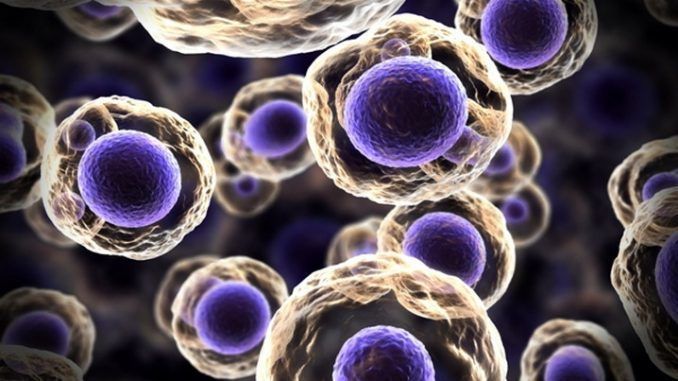
Cord stem cells, what they are used for?
What are the peculiarities of stem cells? And why preserving stem cells is so important in the clinical field? Known is the task of the umbilical cord, which is to allow the passage of nutrients between mother and baby.
Moreover, this organ contains about 60-80 cc of blood, where a heterogeneous multitude of stem cells live, namely the cord stem cells.
But what and how many types of cord blood stem cells are there?
- mesenchymal: they have the ability to differentiate into bone, nerve, cartilage and fat cells;
- embryonic-like: are capable of differentiating into tissue cells mesodermal (dermis), endodermal (intestine), ectodermal (spinal cord);
- hematopoietic: can transform into bone marrow and blood cells;
- endothelial progenitor: can give rise to the cells of which blood vessels are made 1,2 .
A very important feature of these cells is the release of humoral factors such as prostaglandin E2 4,5 , by which the stem cells themselves exert an anti-inflammatory function.
The characteristics of stem cells
The characteristic of cord blood stem cells that arouses interest is the ability they show in differentiating and multiplying. These properties make these cells suitable for’use in the field of regenerative medicine, that branch of modern medicine that studies the regeneration of both organs and tissues that have suffered injury; this constitutes a viable alternative to organ or tissue transplantation.
In regenerative medicine has a high degree of effectiveness only the autologous transplantation (made with cells taken from the patient himself). The allogeneic transplantation, instead, is done by the’removal of cells belonging to another person, and this exposes the recipient to the risk of rejection that would bind him to the’perpetual intake of medicine. In allogeneic transplants, it is advisable to use cord stem cells, because due to their immunological “immaturity” 1,3 there is a lower risk of rejection and better engraftment than stem cells from other tissues.
Storing stem cells is a very important choice for families, as it is a treatment option for many diseases.